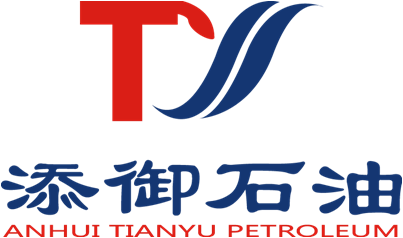
19
2025
-
07
Understanding High Pressure Ultra Wear-Resistant Acid Fracturing: Key Insights for Pneumatic Components
High pressure ultra wear-resistant acid fracturing is a critical procedure in the field of hydraulic fracturing, commonly used in oil and gas extraction. This method involves injecting a high-pressure fluid, typically containing specialized acids, into subterranean rock formations. The primary goal is to create fractures that enhance the flow of hydrocarbons. In the context of pneumatic components
High pressure ultra wear-resistant acid fracturing is a critical procedure in the field of hydraulic fracturing, commonly used in oil and gas extraction. This method involves injecting a high-pressure fluid, typically containing specialized acids, into subterranean rock formations. The primary goal is to create fractures that enhance the flow of hydrocarbons. In the context of pneumatic components—specifically pneumatic soft hoses—understanding the intricacies of this process is essential for ensuring the longevity and reliability of tools subjected to such extreme conditions.
One of the key characteristics of high pressure ultra wear-resistant acid fracturing is the materials used in the construction of the hoses and tools. These components must exhibit exceptional resistance to abrasive wear, as the fracturing process often involves high-velocity fluids laden with particulates. Choosing materials engineered to withstand both high-pressure environments and corrosive substances is crucial. For instance, hoses that incorporate advanced polymers or composite materials can offer enhanced durability and flexibility.
In addition to material selection, the design of pneumatic hoses plays a vital role in their performance during acid fracturing. The hoses must be capable of withstanding significant pressure fluctuations while maintaining a secure seal to prevent leaks. Furthermore, the inner lining of the hose should be resistant to chemical degradation caused by the acidic fluids used in the fracturing process. Manufacturers must focus on creating designs that not only enhance performance but also minimize the risk of failure under extreme conditions.
Moreover, the compatibility of pneumatic components with high pressure ultra wear-resistant acid fracturing is paramount. When selecting hoses and accessories, it is essential to consider their ability to handle the specific pressures and chemical properties of the injected fluids. Technical specifications, such as burst pressure ratings and chemical compatibility charts, are invaluable resources for engineers and procurement professionals in the industry.
In summary, high pressure ultra wear-resistant acid fracturing poses unique challenges and opportunities for pneumatic component manufacturers and users alike. Understanding the materials, designs, and compatibility factors involved can significantly influence the performance and reliability of pneumatic tools in demanding applications. By prioritizing these elements, professionals can enhance the efficiency and lifespan of their pneumatic systems, ensuring that they meet the rigorous demands of the oil and gas industry.
One of the key characteristics of high pressure ultra wear-resistant acid fracturing is the materials used in the construction of the hoses and tools. These components must exhibit exceptional resistance to abrasive wear, as the fracturing process often involves high-velocity fluids laden with particulates. Choosing materials engineered to withstand both high-pressure environments and corrosive substances is crucial. For instance, hoses that incorporate advanced polymers or composite materials can offer enhanced durability and flexibility.
In addition to material selection, the design of pneumatic hoses plays a vital role in their performance during acid fracturing. The hoses must be capable of withstanding significant pressure fluctuations while maintaining a secure seal to prevent leaks. Furthermore, the inner lining of the hose should be resistant to chemical degradation caused by the acidic fluids used in the fracturing process. Manufacturers must focus on creating designs that not only enhance performance but also minimize the risk of failure under extreme conditions.
Moreover, the compatibility of pneumatic components with high pressure ultra wear-resistant acid fracturing is paramount. When selecting hoses and accessories, it is essential to consider their ability to handle the specific pressures and chemical properties of the injected fluids. Technical specifications, such as burst pressure ratings and chemical compatibility charts, are invaluable resources for engineers and procurement professionals in the industry.
In summary, high pressure ultra wear-resistant acid fracturing poses unique challenges and opportunities for pneumatic component manufacturers and users alike. Understanding the materials, designs, and compatibility factors involved can significantly influence the performance and reliability of pneumatic tools in demanding applications. By prioritizing these elements, professionals can enhance the efficiency and lifespan of their pneumatic systems, ensuring that they meet the rigorous demands of the oil and gas industry.
Contact Us
E-mail :
hldfhldf@188.com
Phone/Wechat:
+86-13339133258
Address:
19#, Zhihe Road, Economic & Technological Development Zone, Xuancheng, Anhui, China





